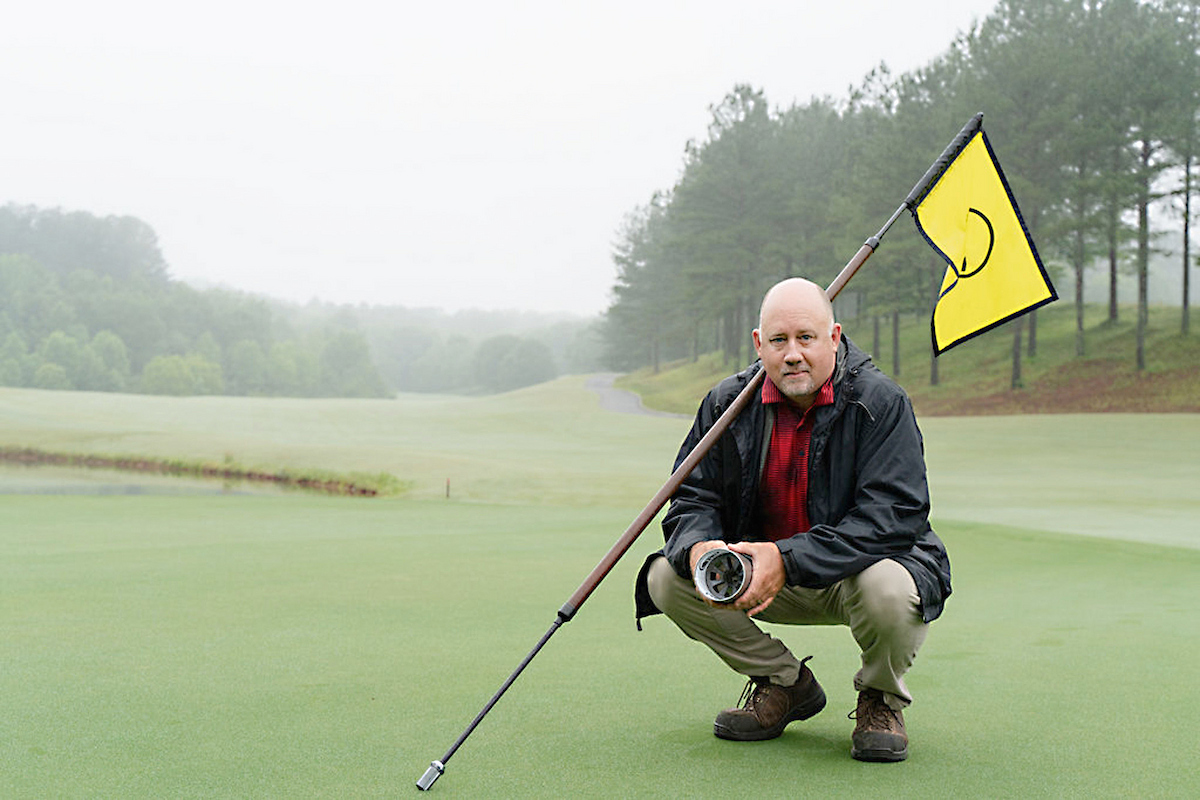University of Georgia scientists are trying to help Georgia
farmers stop a virus-borne
disease that has hit crops especially hard this year.
“It’s the worst we’ve seen in Georgia,” said Albert Culbreath, a
plant pathologist with
the UGA College of Agricultural and Environmental Sciences.
“We’re seeing tomato spotted wilt virus levels up to 70 percent
in some fields this
year,” he said. “It’s not that severe in every field. But it’s
doing more damage over
more fields over a greater area than in years past.”
A virus causes this killer disease that can wipe out peanuts,
tobacco, peppers and
tomatoes. It’s hit all four crops hard this year. And Culbreath
expects the damage to
continue.
“When the virus hits this hard, as early in the season as it did
this year, the impact is
greater than when it hits late, as it did in 1996,” he said.
Georgia farmers lost close to $75 million to TSW last year.
Culbreath and others
expect the damage to be greater this year.
There’s no cure for TSW once plants are infected. And even some
more resistant
varieties are infected, though not as bad as others. “It’s a
matter of living with it for
this year,” Culbreath said.
But farmers can help prevent it next year.
John Baldwin, a CAES extension agronomist, said farmers have to
work
wholeheartedly to reduce TSW. “They have to use every tool
available to keep it out of
their fields,” he said.
He tells farmers to plant resistant cultivars, plant when TSW is
least likely to infect and
plant a good population to set a good stand.
Baldwin said setting a good stand helps in several ways. Thrips,
the insects that carry
the virus, don’t seem to invade thickly planted fields as much
as those with fewer
plants. And if they do, more plants can mean more yield overall,
even if the yield is
reduced by disease damage.
At the UGA Coastal Plain Experiment Station in Tifton, CAES
horticulture researcher
Sharad Phatak has found another way to help fight the virus.
“We found that in conservation tillage, where you have the
residue of rye or wheat or
other cover crops on the surface, you can see a reduction on 30
percent in (TSW)
virus,” he said.
The TSW reduction is only one of Phatak’s findings during six
years of research in
peanuts and another 12 years in tomatoes and peppers. But it’s
the most exciting to
many farmers.
The reduction isn’t a direct result of conservation tillage.
It’s an indirect way to prevent
the disease. But it works.
The crop residue provides a place for beneficial insects to
live, Phatak said. Those
insects feast on insects, including thrips, that can cause
damage and yield loss.
Phatak found conservation tillage leads to better quality in
peanuts, too.
Coffee County farmer Max Carter likes using no-till in his
peanuts. “We’re seeing a lot
of crop residue building up, making more organic matter in the
soil,” he said. “Soil
erosion is zero, too, and the water stays clean and clear.”



